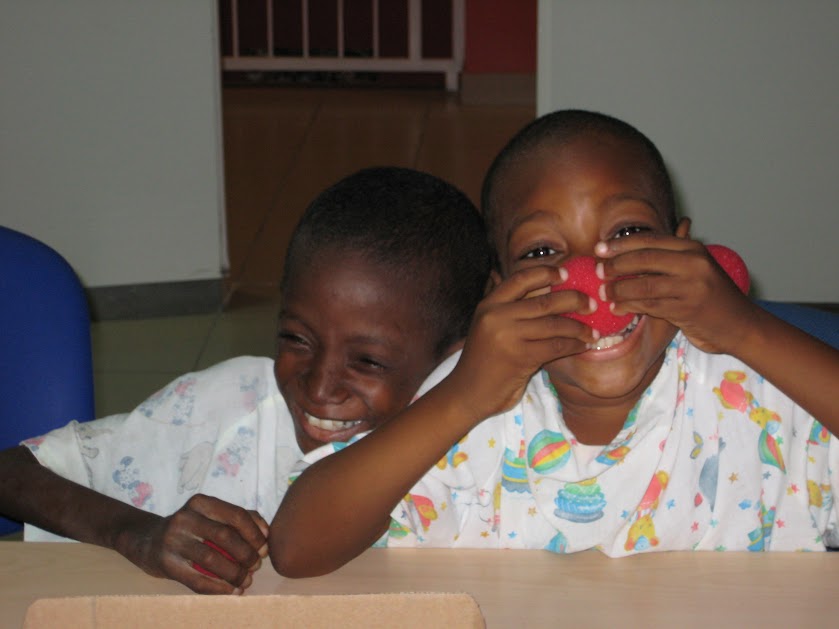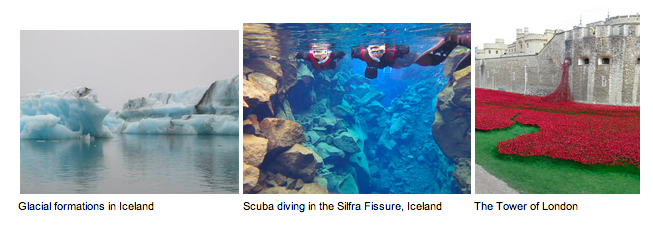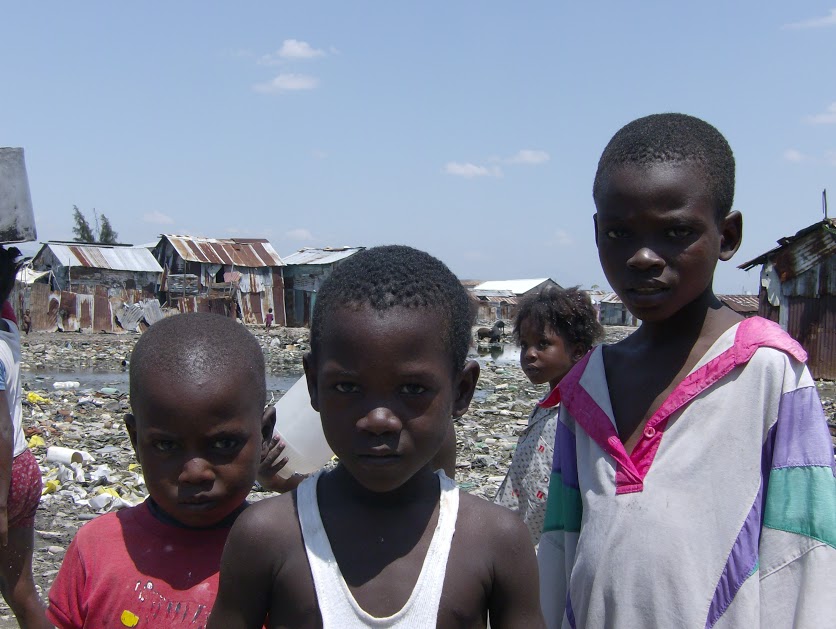After our talk with Elizabeth Turnbull and our discussion on storytelling in Haiti, I started to wonder, how do we tell stories? And then, how do I tell stories? It turned into a pretty slippery slope, so bear with me.
As my siblings and I grew up we filled close to a dozen photo albums. Maybe it was because my mother was a photo fanatic, but more and more I’ve come to realize how well documented my life has been. So many of my stories are told through photographs.
I realize that not everyone’s experience will be the same as mine, but it seems safe to say that the new American norm is to tell our stories with the aid of visual media. It’s a way of sharing our lives and experiences with friends and family who might not be there to witness every major moment first hand.
More than that: We take pictures of everything. We share with everyone.
I’ve seen places in the world that I will probably never personally visit through the lens of a friend’s camera, and it’s really pretty amazing. (See below)
I’ve shared my experiences with friends, and my mom, by taking pictures when I travel. They’ve shared with me. They get to see what I’ve seen, where I’ve been, what I’ve done and through this act of sharing I’ve learned a lot, they’ve learned a lot too. One of the most important things that I’ve learned is this: It is easier to take pictures in most European countries than it is to document our experiences in countries like Haiti.
There’s the old adage, “A picture’s worth a thousand words”, but sometimes a thousand words cannot even begin to contextualize a picture; how much of the story have you really told?

As our culture relies increasingly upon the power of pictures to share our stories (and the stories of those people whose paths we cross) a certain mindfulness is imperative. What story, exactly, are we sharing? Is it the same story the viewer will see, (i.e. will they get ‘the whole picture’)? Is it even our story to share? What kind of change can it bring about? What’s our motivation behind sharing it? Does it lift people up or perpetuate harmful stereotypes? (We’re just beginning to skim the surface here…)
I’m not suggesting that Americans are the only ones who rely upon photography as a means for telling stories, nor are we the only ones who document difficult situations (look anywhere on the web and you’ll find thousands of examples of stories being told in this way all over the world by people from every imaginable background) but I do think that pictures monopolize our new culture of storytelling and as volunteers (mostly from comparatively privileged backgrounds) we need to be aware of how our pictures portray the places we’ve come to love, and what effects they have on the people we care about.
So what’s the point?
Well, this post is a launching point. It’s the starting line before we plunge into a series of discussions on all things photography in Haiti. I’d like to put it out there right away: we don’t have all of the answers, but as curators of a community for socially engaged people looking to move through the world in the most socially responsible, compassionate way possible, I think this is a topic that is well worth our attention.
So please hang in there with us, we’ve got a lot of stories to tell.
by Erin Nguyen on October 23, 2014
Read Part 2 in the HaitiHub Photography Series: The Danger of a Single Image


